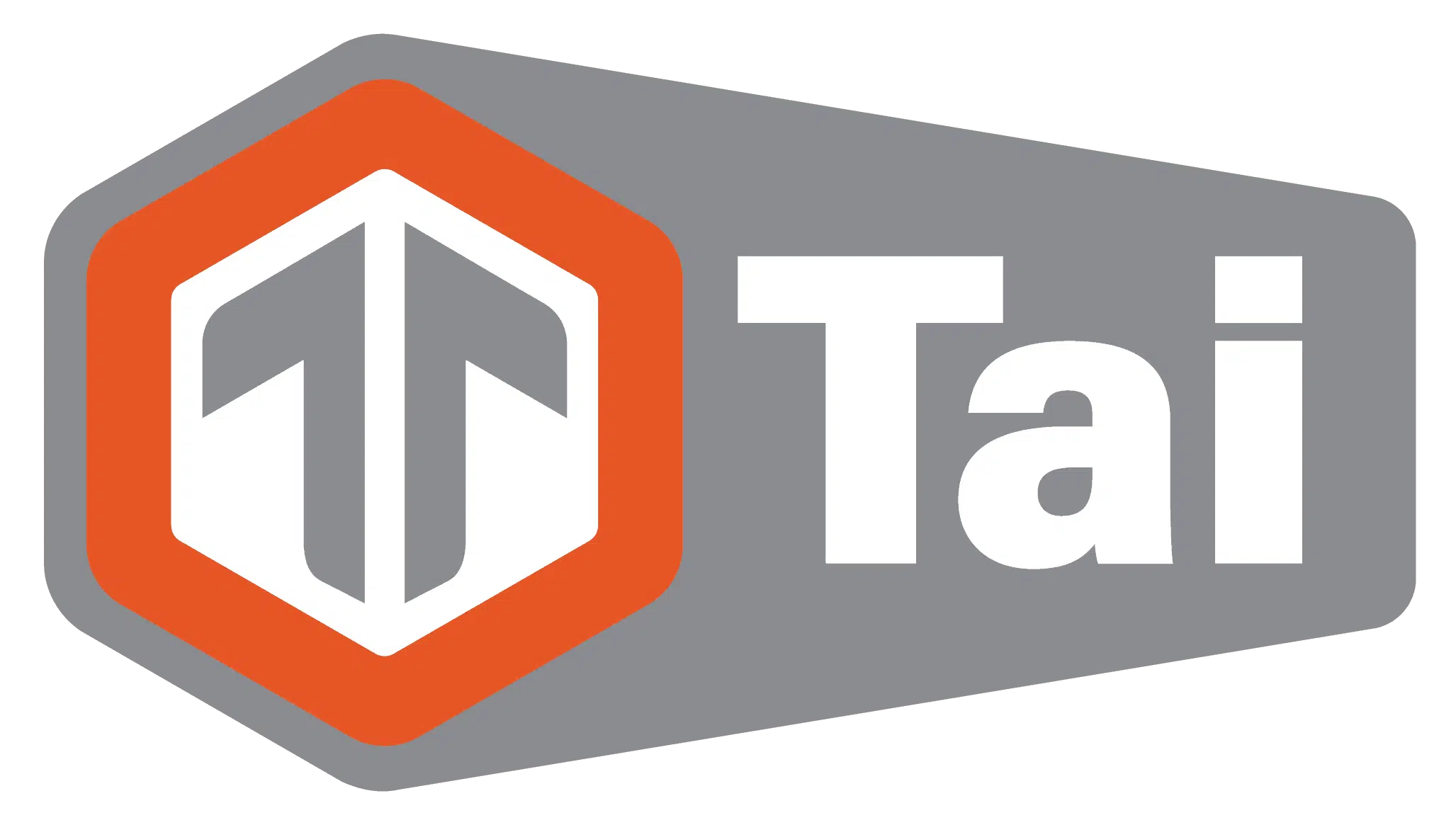Each style offers unique benefits and perspectives on the art of tai chi. By integrating Tai Chi into daily life, practitioners can cultivate a harmonious lifestyle that aligns body, mind, and spirit, unlocking a path to greater health and tranquility. A consistent schedule fosters discipline and allows you to experience long-term benefits. Additionally, integrating Tai Chi with other wellness activities, such as meditation, yoga, or qigong, can enhance your overall well-being and create a holistic approach to health. Developed by Wu Quanyou and his son Wu Jianquan in the late 19th and early 20th century, the Wu style is known for its compact, involving smaller movements and a close-body approach. Its distinguishing feature is the forward leaning posture, where weight is often kept on one leg, enhancing stability and body control.

Improved Heart Health
It may sound like a fancy workout routine or something exclusive to a specific culture, but it’s actually a simple and accessible practice that can greatly benefit your health and well-being. Tai chi walking involves slow and deliberate movements that are synchronized with your breath and body, similar to traditional tai chi practices. Tai chi is often modernized for health improvement by using modern medical knowledge. All tai chi forms follow a set of essential principles that are key for its many health benefits.
Getting Started with Tai Chi Practice
Through time we get closer to understanding the ergonomics of the body, how to move fluently, efficiently and effectively in a coordinated fluid manner. In most exercise classes some work is usually done to warm-up the body prior to a vigorous workout. In tai chi classes we’re primarily concerned with moving slowly and sensitively whilst developing a deep awareness of how our body feels, on a number of levels. As the arms loosen and lighten they move freely, as natural extensions of our body. Seated Tai Chi incorporates gentle movements that can help relieve back pain. The focused stretching and strengthening exercises can alleviate muscle tension and improve posture, leading to reduced discomfort and improved spinal health.
The mention of any product, service, or therapy is not an endorsement by NCCIH. A service of the National Library of Medicine, PubMed® contains publication information and (in most cases) brief summaries of articles from scientific and medical journals. For guidance from NCCIH on using PubMed, see How To Find Information About Complementary Health Practices on PubMed.
Stress has become an unavoidable part of life, but Tai Chi (also called “moving meditation”) is a right method to calm the mind, balance energy, and reduce stress. In this part, you’ll how Tai Chi meditative principles and work together. Whether you’re curious about its origins or eager to start practicing, this part covers everything you need to know as a beginner. Tai Chi has gained significant attention in recent years for its potential to prevent falls, especially among older adults. This ancient Chinese practice, known for its slow, graceful movements and emphasis on balance, has been the subject of numerous studies investigating its efficacy in reducing fall risk. Let’s delve into the research and understand how Tai Chi contributes to fall prevention.
{ |}
|}
All aspects are shortly presented by Nils Klug and and then demonstrated by means of our 8 movement, which has been specially created for the project. Chang San Feng’s original sequence of movements was said to have consisted of 13 postures. The number 13 was based on the combination of the Five Elements and the Eight Powers, Gates or Techniques. The tai chi sabre, also referred to as broadsword, is used for chopping or hacking through the opponents and, as such it requires speed, precision and power. The flat-bladed instrument is sharp and curved on one edge and flat and blunt on the other. The larger, flat blade is used to block attacks to the body whilst the sharp edge is clearly for cutting or chopping.
Practitioners of tai chi sometimes perform a set with weapons in their hands — such as swords or staffs — or they may perform a set with nothing in their hands. No matter what type of exercise you do, even high-intensity workouts, it takes time to see changes. And with lower-intensity forms of exercise like tai chi, it may take even longer to see physical changes like increased strength or flexibility. For example, you may be able to reach into overhead cabinets more easily or bend down to pick up something off the floor without needing to hold on to something. Look for improvements in everyday activities as a way to trackyour progress.
Stop Feeling So Guilty About Not Stretching After Every Single Workout You Do (Science Says It’s Fine)
- But Tai Chi requires memorizing longer moves, such as the Tai Chi Chi Kung hybrid forms.
- Low-cost senior centers or community education centers often offer tai chi classes.
- Tai Chi, also known as Tai Chi Chuan, is a traditional Chinese martial art that originated in ancient China.
- All you need is a comfortable place to practice and enough space to move around freely.
- Technical difficulties can derail live classes in ways that don’t affect pre-recorded content.
- Whether you’re curious about its origins or eager to start practicing, this part covers everything you need to know as a beginner.
{
|}{
|}{
|}
Lastly, there are so many things in life that get more difficult as we get older, mad muscles tai chi review busier, or get in worse shape. Tai chi is one of those rare activities that we can adapt so we can stay active for a very long time. Use only the muscles necessary for each movement, letting the rest of your body stay soft and loose.
Fear of falling and improved self-confidence
Osteoporosis, osteoarthritis, and other bone conditions are often exacerbated by falls. With each significant fall, we put immense pressure on our bones and contribute to wear and tear. 108 Tai Chi is rooted in Taoist philosophy and the teachings of ancient Chinese masters. The number 108 has deep symbolic meaning in Taoism and Buddhism, representing 108 worldly desires to overcome, as well as the 108 energy meridians in the human body.
{
Related Articles
|}
{ |}
|}
Compared to the no exercise group, researchers found both Tai Chi and conventional exercise reduced waist circumference, body weight, and high-density lipoprotein cholesterol. As a form of qigong with a history dating back more than 2,000 years, tai chi has been interpreted and influenced by many different leaders. It is believed to have been influenced by Daoist, Buddhist and Confucian philosophies. Historically, this practice boasts a strong spiritual dimension and promotes greater self-awareness. The information in our articles is NOT intended to replace a one-on-one relationship with a qualified health care professional and is not intended as medical advice.

Your movements are not forced and your joints are soft (not fully extended); for example, you keep your knees slightly bent. It’s important to pay attention to your posture and weight distribution as you move through the steps. With practice, the tai chi walk will become intuitive and automatic, leading to greater fluidity and ease in your practice. Don’t be discouraged if it takes time to perfect – remember, tai chi is all about the journey, not the destination.
{
Online Videos
|}
Tai chi showed some potential benefits for helping prevent trips and falls in older adults across a range of studies. Comfortable and loose-fitting clothing that won’t restrict your movements is best. Although it doesn’t look like very arduous work (because the movements are so slow), you may work up a sweat, and so overdressing is not recommended. It’s also believed to aid in the treatment of heart disease, high blood pressure, arthritis, digestive disorders, skin diseases, depression, cancer, and many other illnesses. Unfortunately, there hasn’t been a good deal of scientific evidence to support these claims.
Let’s take a closer look at what Harvard experts suggest for living not only longer but better. One of Tai Chi’s greatest strengths is that it encourages you to slow down and be fully present. This mindfulness can carry over into other areas of life, such as eating more intentionally and managing daily stress — both of which play a crucial role in weight loss.
But there’s another, gentler path that offers both physical and mental benefits — Tai Chi. A 2019 review of research indicated that in community-dwelling older adults, there is low certainty evidence that tai chi can help reduce the rate of falls by 19%. The review also found high certainty evidence that practicing tai chi can reduce the number of people who experience falls by 20%. Medical credentials matter for health-focused programs but mean nothing for martial applications.
